Affiliate links on Android Authority may earn us a commission. Learn more.
Xiaomi Mi 11 Ultra review second opinion: A champion emerges
May 23, 2021
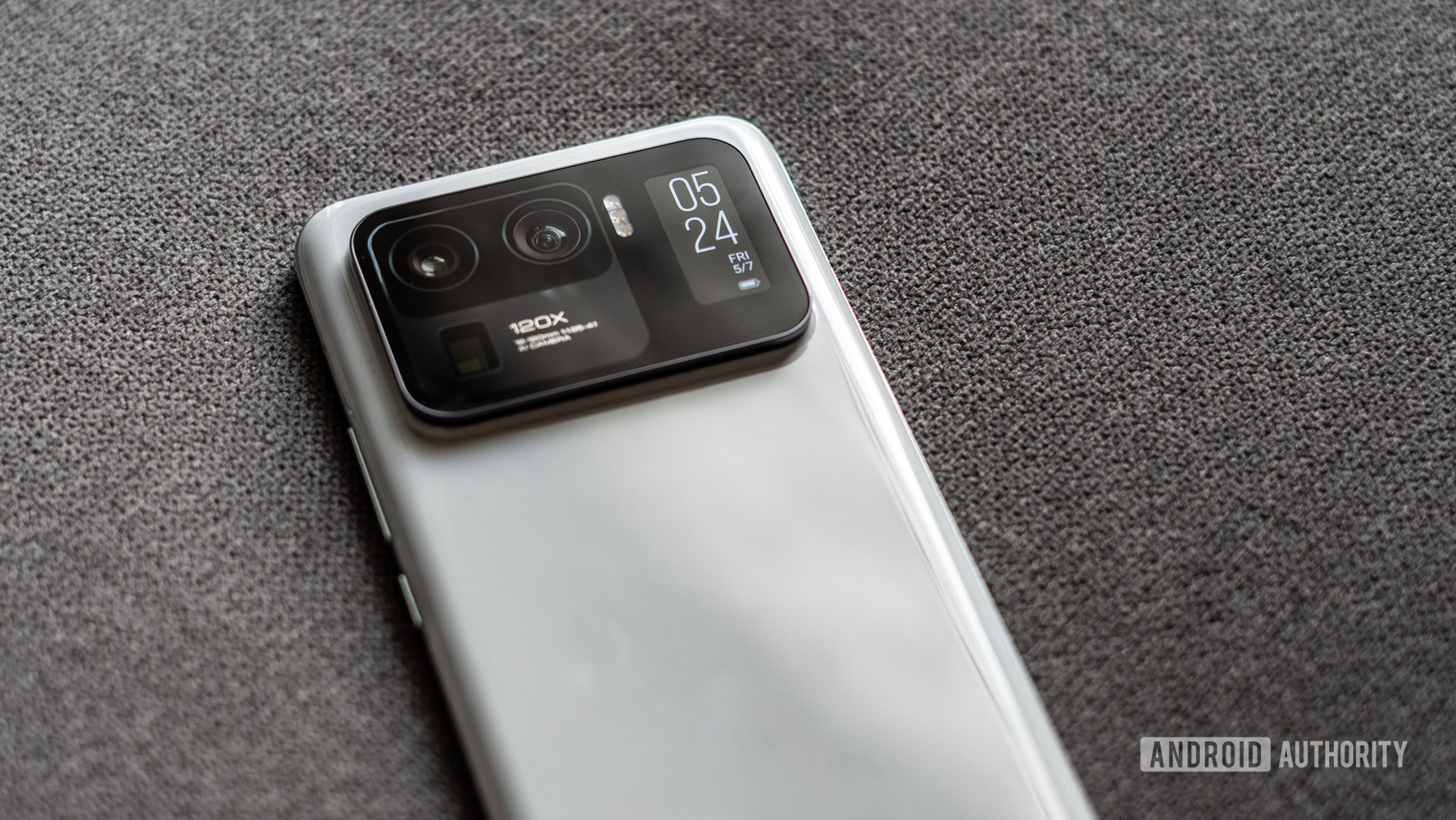
Xiaomi’s genesis, and success, in India, has been built on providing affordability and value. And when you drive home the point of value flagships — or in some cases, even the need for a flagship — convincing your audience to fork out big money can be pretty darn hard. That’s exactly what Xiaomi faced when it launched the Mi Mix in India a few years ago. It isn’t entirely surprising that the company then spent most of 2020 trying to correct the brand positioning through a series of high-end offerings including, but not limited to, the Mi 10 and Mi 10T series of phones.
Xiaomi has been steadily laying the groundwork for a more premium device, but the rollout of the Mi 11 series has taken that ambition to the next level — culminating in this, the Xiaomi Mi 11 Ultra.
See also: Everything you need to know about Xiaomi
In Europe, the Mi 11 Ultra is a pretty straightforward flagship, albeit with a second screen, and my colleague Eric Zeman did an excellent job of explaining how the Mi 11 Ultra stacks up against the big hitters in the West in his in-depth review. In India though, this is the first time that Xiaomi has introduced a true, uncompromised flagship smartphone. The Mi 11 Ultra is positioned directly against the OnePlus 9 Pro and Samsung Galaxy S21 Ultra, only cheaper.
Is the Mi 11 Ultra the phone to change Xiaomi’s luck in a market dominated by Samsung, Apple, and, to a lesser degree, OnePlus? We find out in the Android Authority second opinion review of the Xiaomi Mi 11 Ultra.
Go big or go home
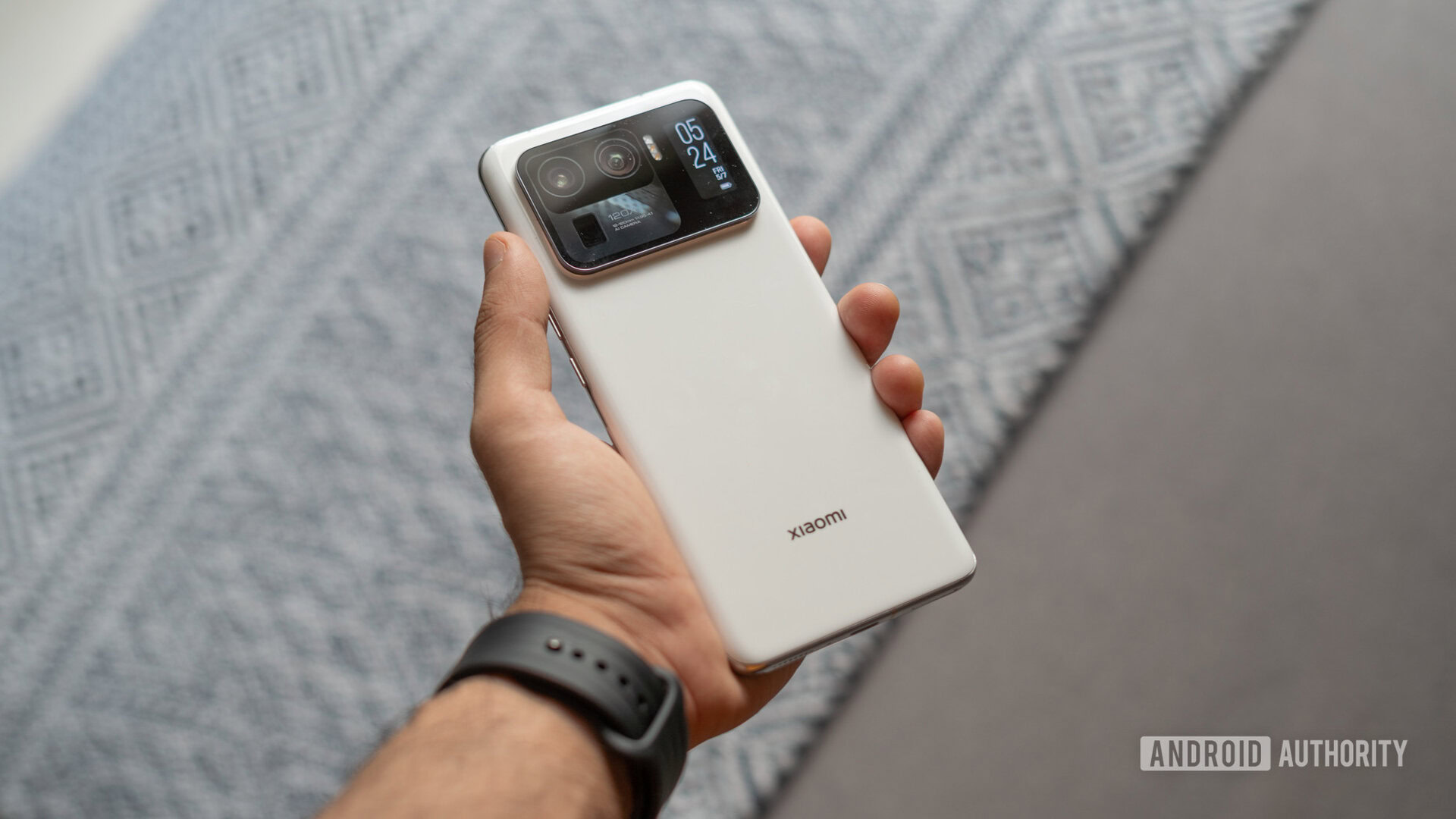
The Mi 11 Ultra is a distinctive phone, but few things about it stand out as much as its sheer size. This is a big phone in every sense of the word, from its expansive dimensions to its considerable weight of 234g. That’s pretty heavy if you’re going to be holding it for long periods of time.
The ceramic back of the Mi 11 Ultra gives it an upmarket hand-feel, but the gargantuan camera island up top is the most noticeable element of the phone, driving much of that considerable weight. Calling the camera array an “island” is no mistake. The module dwarfs the camera array of every other phone on the market, including the S21 Ultra.
You’ll find the camera module also tends to rest directly on your finger when holding up the phone, and the sharp edges can get pretty uncomfortable.

That hulking module also includes one of my favorite features of the Mi 11 Ultra. Xiaomi has added a 1.1-inch AMOLED screen to the back of the phone for quick access to notifications, the time, and music control. You can even use it as a camera viewfinder. Eric wasn’t the biggest fan of the display due to the small size and relative lack of added value. That’s understandable considering the high price tag in the West. However, I enjoy well-executed gimmicks, and to me, this one is a no-brainer on a photography-focused smartphone like the Mi 11 Ultra. But more on that later.
The secondary display is a gimmick done right.
Elsewhere, the essentials are all on point. The phone boasts a durable build, and you won’t face any issues with tactile feedback from the volume rockers. There’s the standard USB-C port and dual-SIM card slot. You’ll even find an IR blaster at the top, as is the case with most Xiaomi phones. I know it’s not the most sought-after feature, but I’ve lost more than my fair share of remote controls, so the ability to control my television or air conditioner with my phone comes in handy.
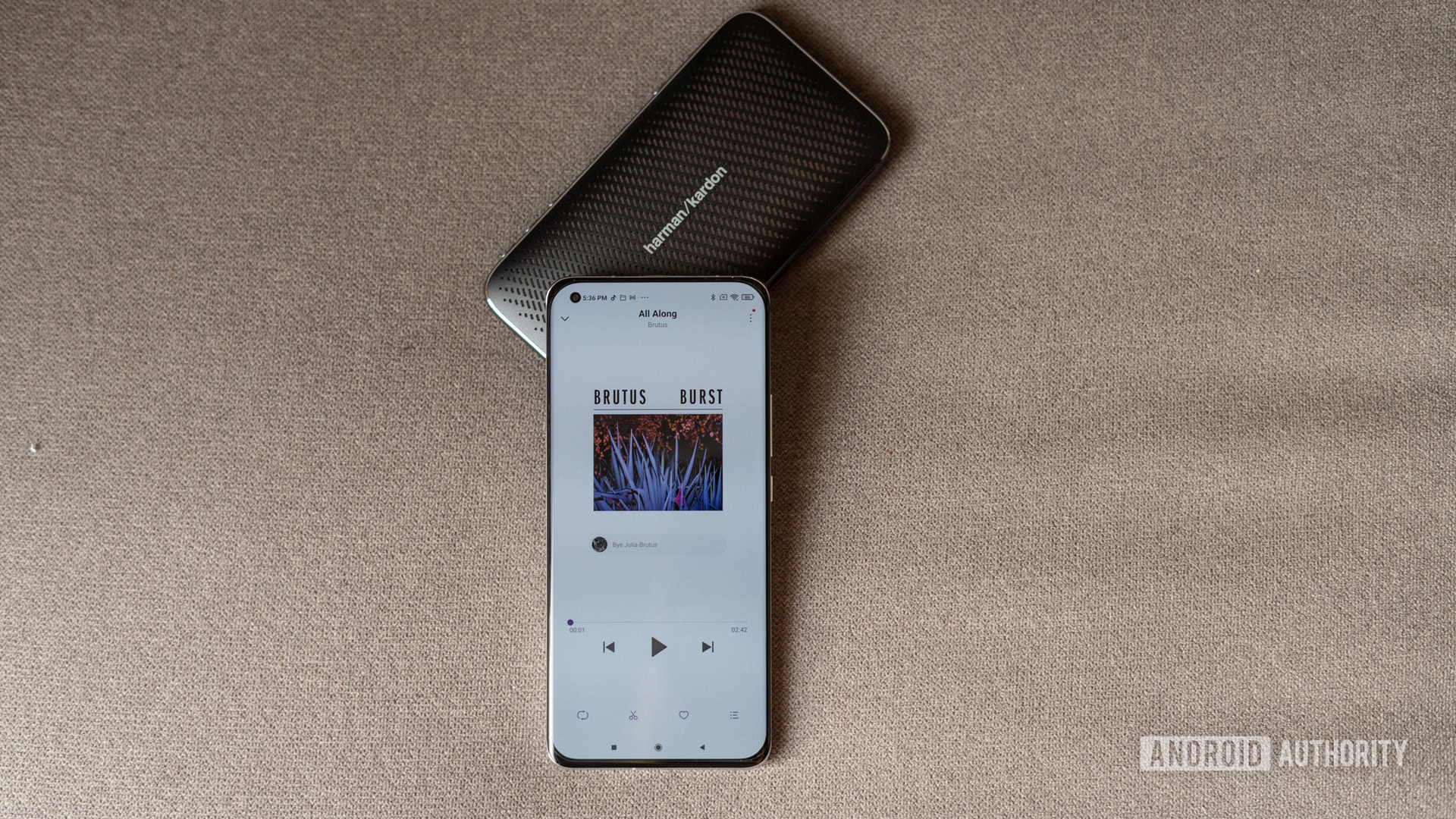
The speakers also stood out to me. More often than not, co-branded products aren’t really up to much, however, Xiaomi’s partnership with Harman Kardon speaks volumes. The speakers sound fantastic. Not only are they loud, but there’s also an inherent clarity and a bit of bass — even when cranked up to max volume.
Other features include an in-display fingerprint reader and an IP68 rating. The former is fast enough in daily use, though there were a couple of instances where I had to scan my fingerprint a second time. The latter is nice to have as well and should offer some reassuring protection from dust and rain.
The Harmon Kardon tuned speakers go loud, and sound good to boot.
I text a lot, and a superlative typing experience is important to me. The haptics on the Mi 11 Ultra are very similar to, if not better than the Mi Note 10 Pro. The Note 10T felt like a bit of a downgrade to me, and the tight haptics on the Mi 11 Ultra are a welcome return to form.
If I sound particularly enthusiastic about the Mi 11 Ultra’s hardware, that’s because the phone truly delivers the goods from a design and build perspective. It’s not that Xiaomi’s earlier flagship outings were bad; they weren’t. But the Mi 11 Ultra mixes cutting-edge hardware with some unique but welcome gimmicks and still manages to deliver perfectly. That’s rare.
Bright, crisp, and fast
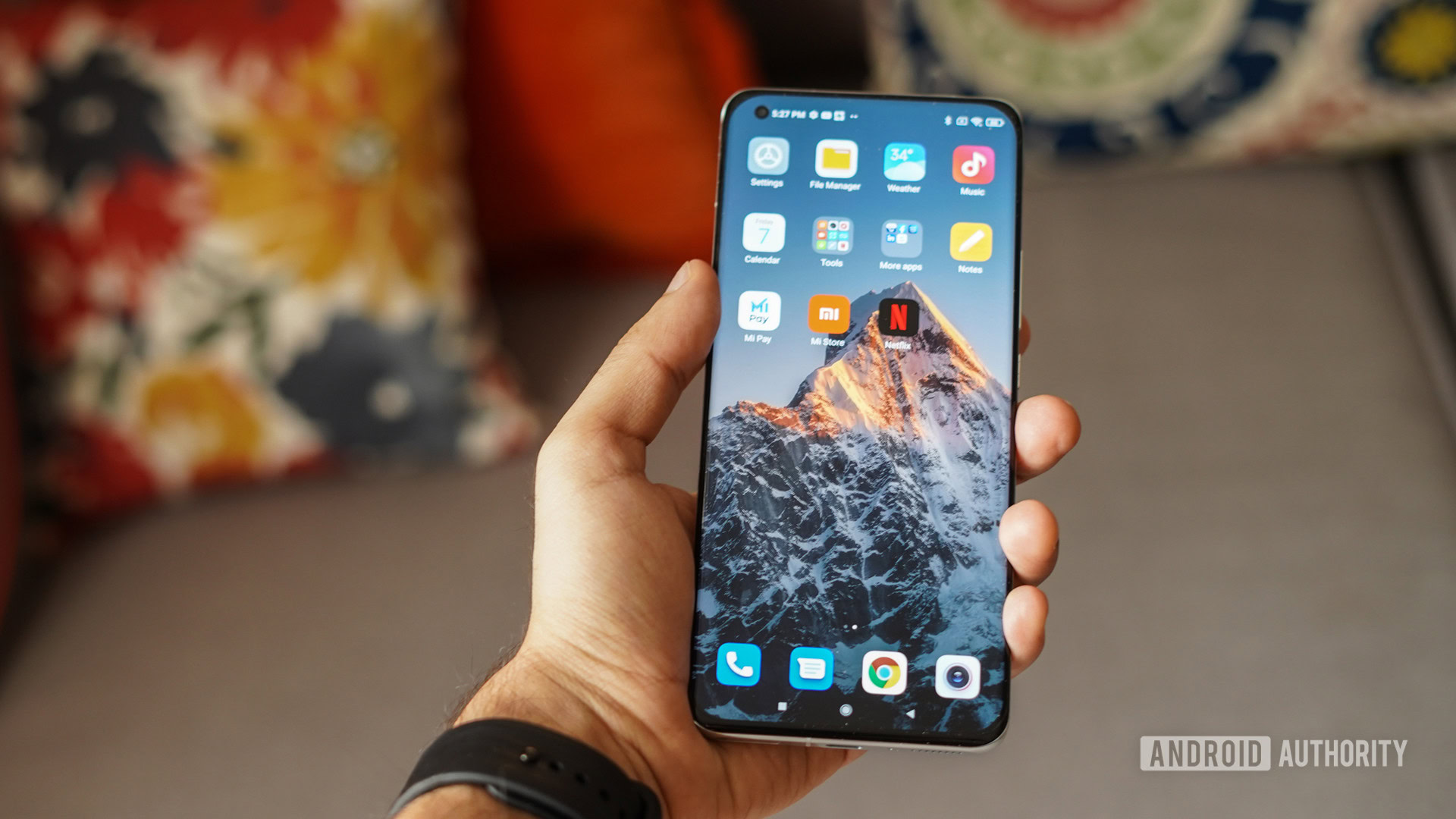
Over to the display, and there’s a whole lot to like here too. The Mi 11 Ultra’s 6.81-inch AMOLED screen has a QHD resolution. There’s a 120Hz panel rated for HDR 10+ content with peak brightness levels of 1,700 nits, and automatic color calibration built-in. Rounding off the package is Gorilla Glass Victus.
While most smartphones these days have excellent displays, where the Mi 11 Ultra excels is that it lets you adjust the display to suit your needs. I’ve already mentioned the automatic color calibration, and while this works well, I also like that you can adjust the screen right down to gamma, contrast, saturation, and RGB levels in addition to colorspace adjustment.
The display has a 60Hz refresh rate by default, but it adaptively varies from 30Hz all the way to 120Hz, depending on what you’re doing with the phone. The UI sticks to a locked 120Hz and the difference in fluidity is night and day.
More power than you can shake a stick at
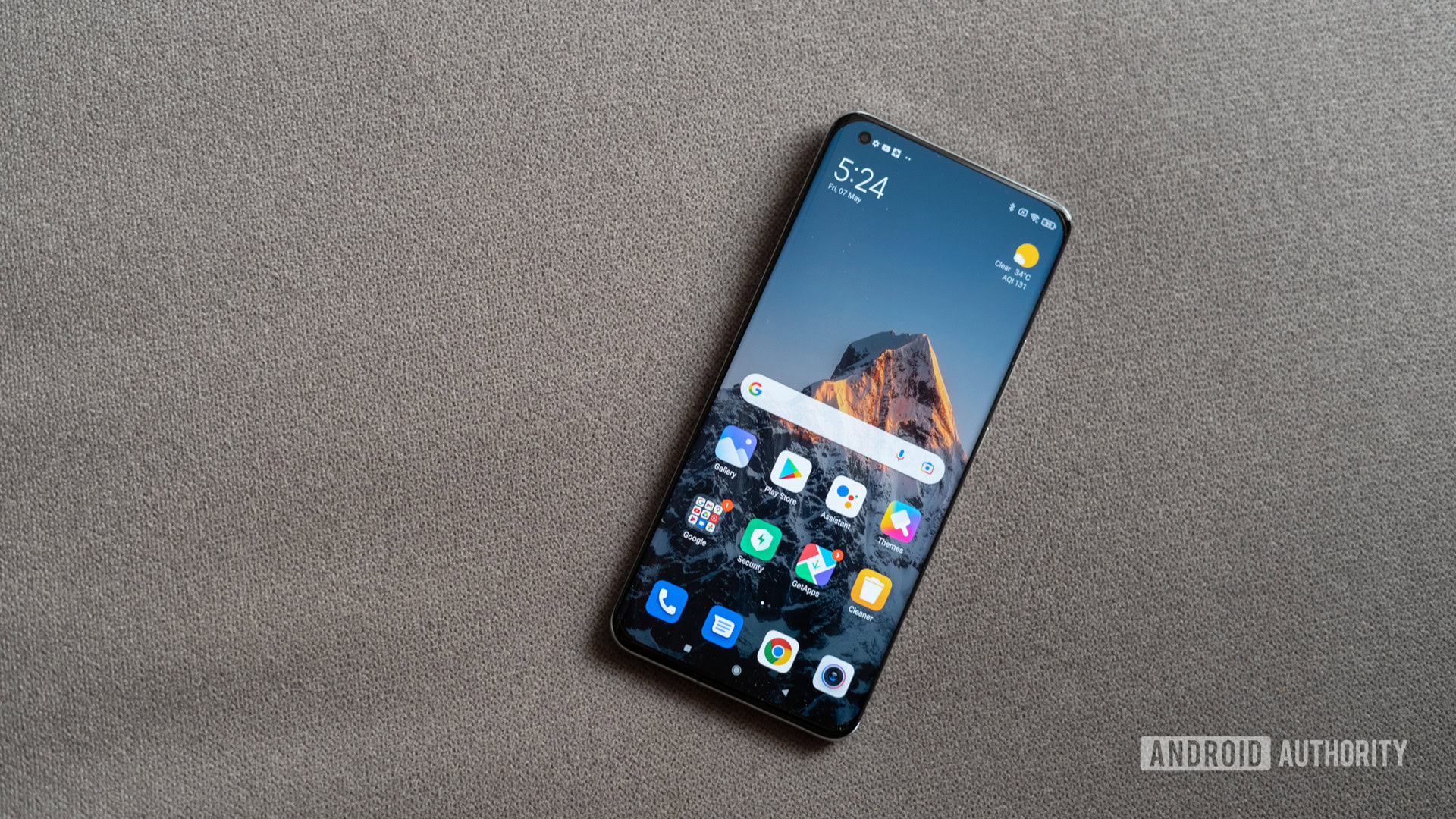
It’s a flagship. It’s got a Snapdragon 888 chipset. It’s got 12GB of LPDDR5 RAM and 256GB of storage. The specs are all there, but what really matters is how the phone utilizes all that power.
It should come as no surprise that the phone blazes through all the latest and greatest games with ease. Games with 120Hz support run like a dream, and I was able to max out Genshin Impact at the highest settings. In fact, the phone managed a more stable frame rate than the OnePlus 9 Pro during my testing.
The Snapdragon 888 chipset brings the heat — quite literally.
However, this results in poorer thermal performance. Where the OnePlus 9 Pro prioritizes keeping the phone cool with sustained workloads, the Mi 11 Ultra delivers enhanced performance but heats up quickly. The same goes for the camera module that gets borderline hot to the touch with extended use.
Stunning photos with a twist for selfies
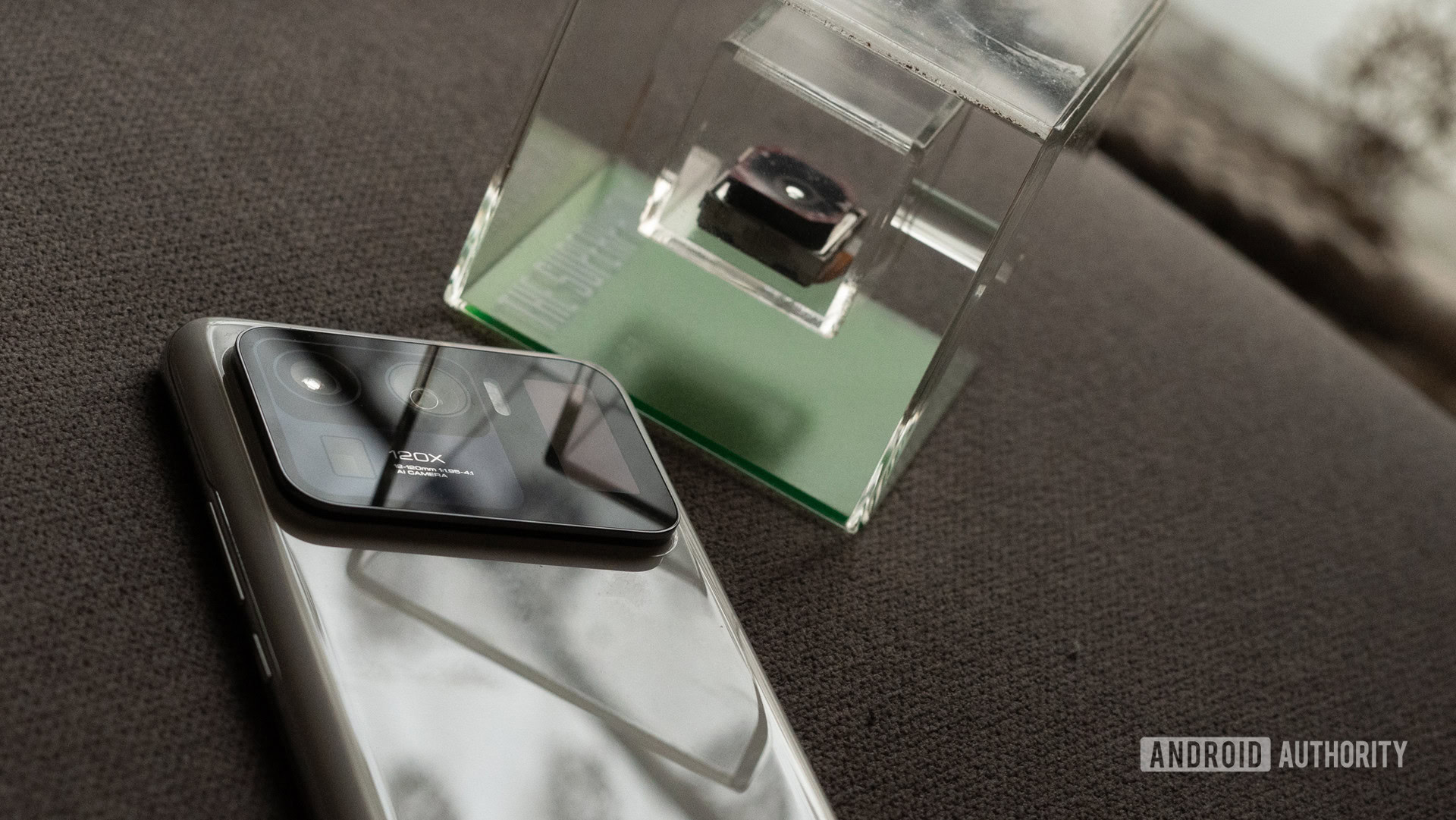
Xiaomi has given everyone what they’ve always wanted from smartphone cameras: a giant sensor. The primary 50MP shooter has a truly enormous 1/1.12-inch sensor, flanked by 48MP cameras for the periscope zoom and ultra-wide shooter.
The primary camera shoots stunning images, no matter the lighting conditions. The sheer size of the sensor lets it capture the details while ensuring that contrast levels are on point. Images look true-to-life despite the slightly warmer tones. I like the fact that Xiaomi went with a larger sensor over megapixels, and it makes the primary camera here one of the best you can get on an Android smartphone today.
That large sensor also enables a gorgeous bokeh fall-off. In my opinion, this is as close as we’ve gotten to a DSLR and it lets you achieve a beautiful depth-of-field effect without needing to use portrait mode. It also has an unfortunate side effect. The large sensor’s shallow depth of field can make it hard to focus on your subject. In the photograph above, there’s already a bit of blur around the edges of the can, not something I wanted. You can always move further back and crop in, but it’s another thing to keep in mind while shooting photos.
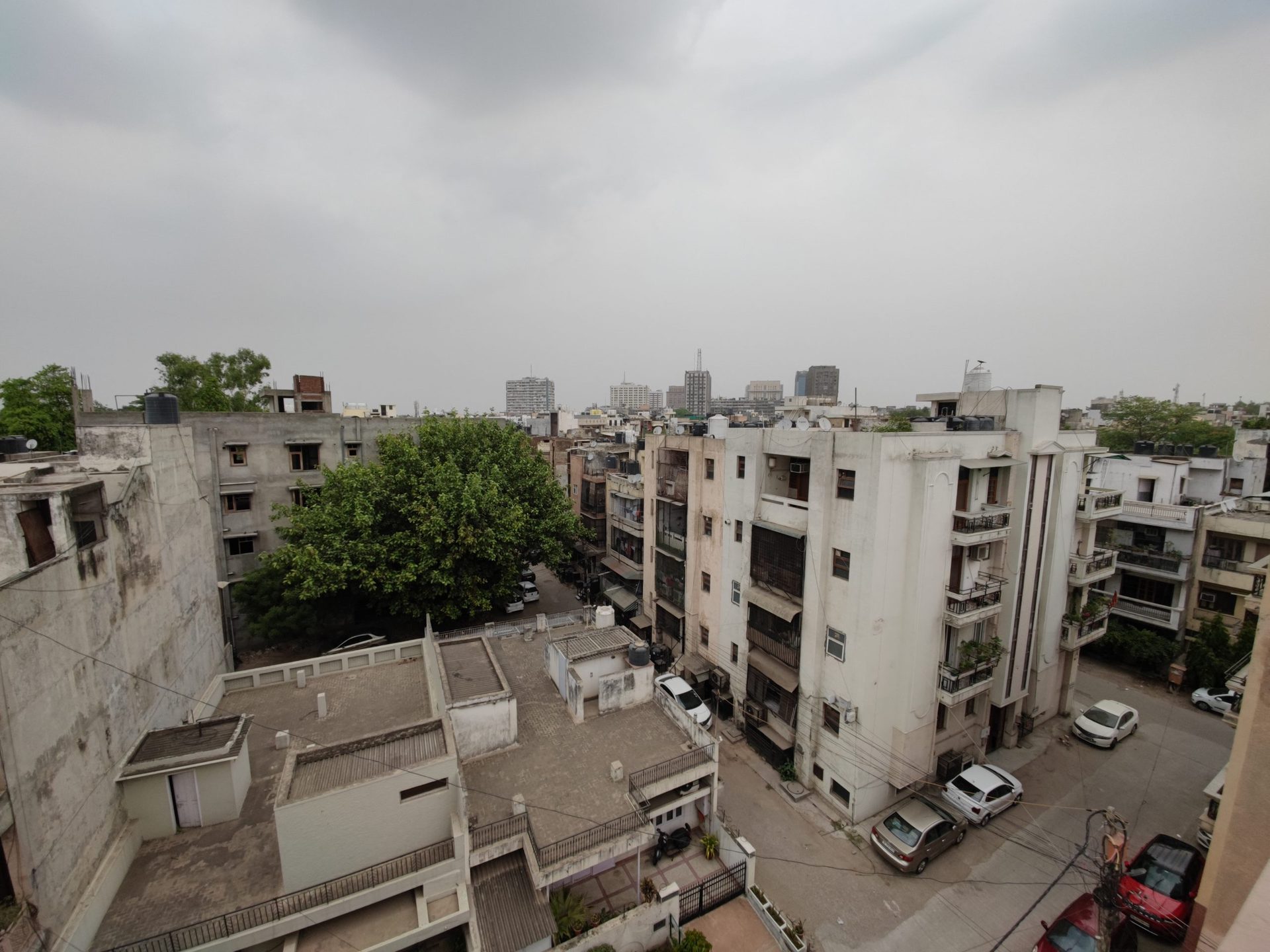
The 48MP ultra-wide sensor is also very effective. There’s minimal color variation, and the phone captures ultra-wide, detailed images, even in low-light conditions. Xiaomi’s choice of an exceptionally wide-angle lens means that you will get noticeable distortion at the edges, but the wide frame of view, and quality of the image, gives you room to crop in should you want to.
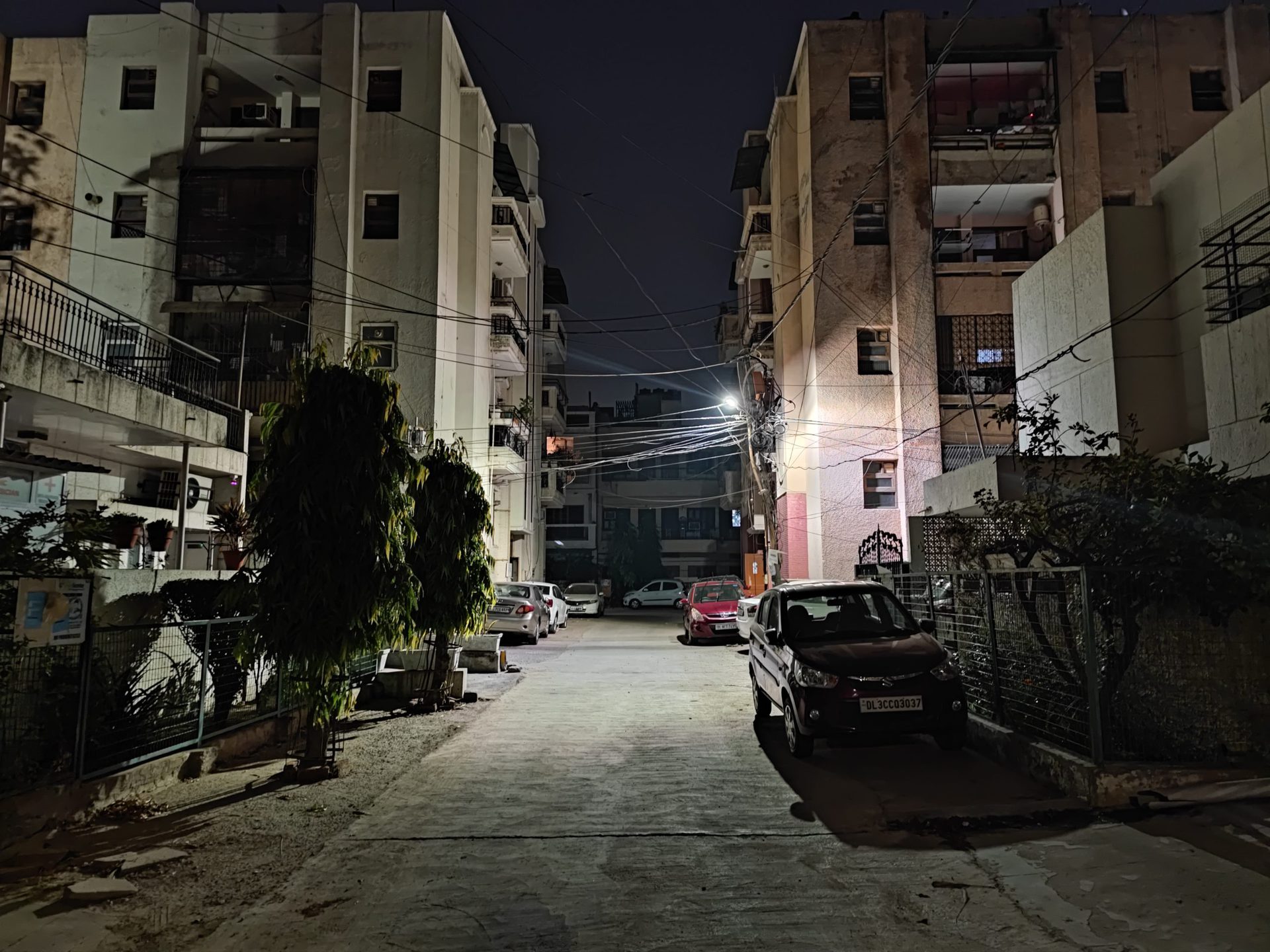
As I mentioned above, the Mi 11 Ultra particularly shines in low-light scenarios where the light gathering capacity of the main camera’s large sensor is evident. Night mode is available across the range of camera sensors, making them a lot more useful in dim lighting. In his review, Eric talked about how everything looks unnaturally bright. While that’s true, it’s not as prominent as images from, say, a Pixel 5, and can be toned down in post-processing.
The telephoto lens is where the Mi 11 Ultra falters a bit. The 5x zoom isn’t quite the same as on the S21 Ultra, but manages to exceed the OnePlus 9 Pro. There’s a bit of color shift, but the image above isn’t a bad shot by any means.
Despite Xiaomi’s claims, you can forget about 120x zoom. Images up to 10x zoom look presentable but image quality starts faltering soon after. You might be able to stretch this all the way to 30x if you must, but any further just doesn’t produce great results.

The 20MP front-facing camera on the Mi 11 Ultra isn’t all that great. It takes decent-looking images in well-lit situations, but HDR performance is a bit lacking and it falls hard the moment light starts fading. But you don’t have to use the selfie camera at all. That second screen on the back lets you easily frame and shoot an image using the primary camera — or any of the three cameras. The results are infinitely superior to images captured with the selfie camera.
Related: The best camera phones you can get
Unfortunately, Xiaomi hasn’t yet enabled video capture with the secondary display, which, in my opinion, would make this the definitive phone for vloggers. Additionally, Xiaomi would do well to place the secondary screen toggle on the main camera interface. Two taps to reach it isn’t the most intuitive solution.
The Mi 11 Ultra shoots superlative footage in 4K at 60fps and can also capture 8K video, should you want to. The color science here is very good, with accurate white balance and sharp, noise-free videos, even in less-than-great lighting.
Speedy software with quirks
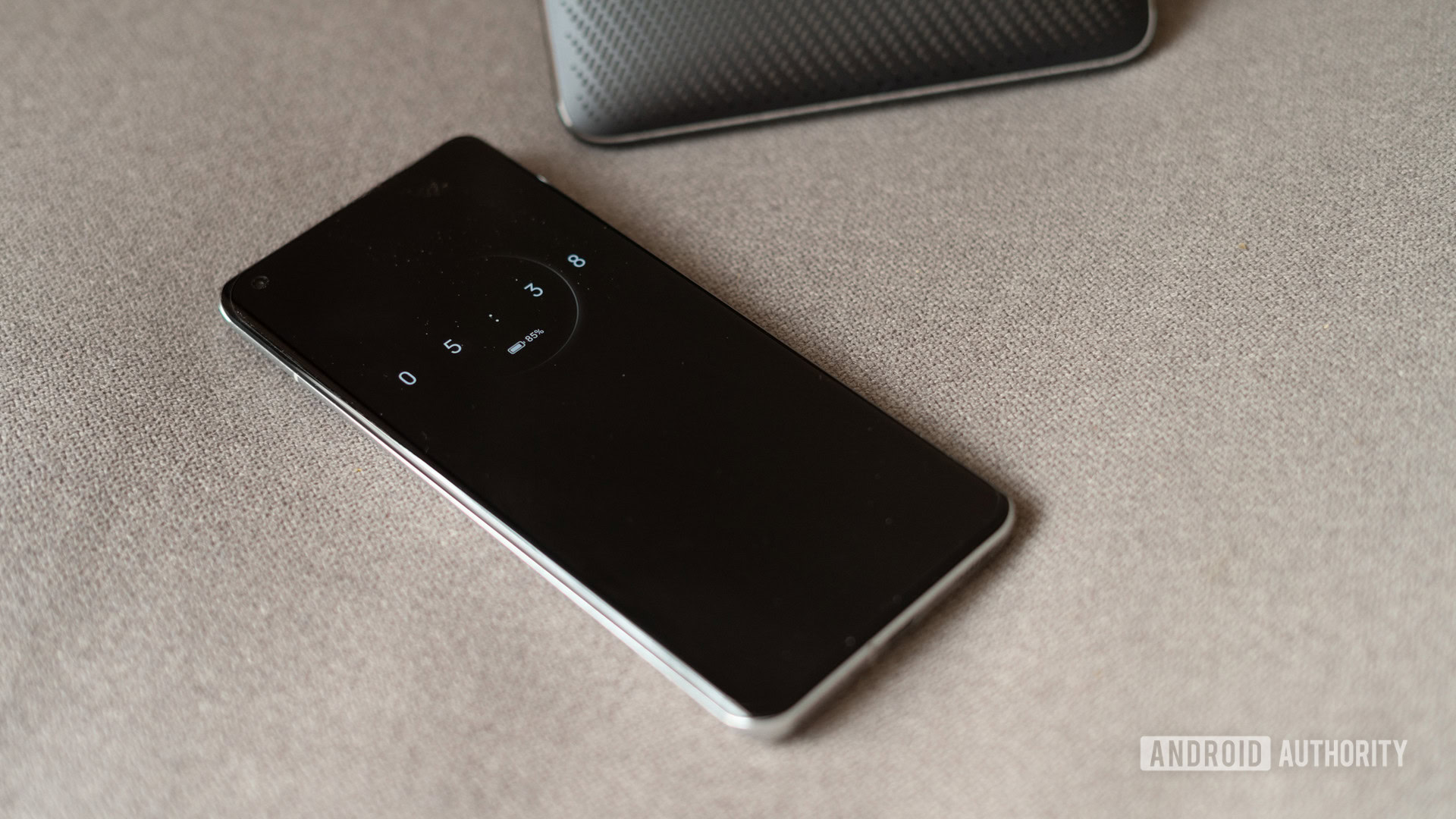
The Mi 11 Ultra runs Android 11 with Xiaomi’s MIUI 12 on top. It’s fair to say I like MIUI. It has its quirks, but the interface is generally very well matched with high-end hardware and offers an excellent user experience. The Mi 11 Ultra could, however, do with a few updates. Overheating issues aside, I noticed a few bugs like errant scaling, especially in the notifications shade. There are no ads here, but the inclusion of bloatware like GetApps that launches the moment you set up the phone is an absolute no-go for me on a phone this pricey.
There’s also the matter of software updates. Two version updates just aren’t enough for a flagship-grade phone, and neither are quarterly security updates. Xiaomi needs to do better.
Xiaomi Mi 11 Ultra review second opinion: Ultra as it gets

High-end smartphone buyers in India have never had it so good. The Xiaomi Mi 11 Ultra easily stands up against its competitors as a credible option for any buyer. True, it’s not perfect, but no phone is.
The real star of the show is the pricing, especially in key markets like India. In Europe, the phone is priced from €1,199. You can also buy the phone from AliExpress for an eye-watering $1,599.
Xiaomi's pricing strategy for the Mi 11 Ultra in India sees it easily competing at the top of the table.
In India, the Xiaomi Mi 11 Ultra achieves price parity with the OnePlus 9 Pro and is hundreds of dollars cheaper than the Samsung Galaxy S21 Ultra. The phone is priced at Rs. 69,999 (~$950), the same as the OnePlus 9 Pro. Meanwhile, the Samsung Galaxy S21 Ultra costs Rs. 1,05,999 (~$1,440). While the latter gives you longer software support and slightly improved cameras, you’ll have to deal with the inconsistencies of the Exynos chipset. Is the S21 Ultra worth the significant premium? Not really.
As for its primary competitor, the OnePlus 9 Pro, the Mi 11 Ultra’s hardware is superior in more ways than one, and they compete very well in the camera department.
The design ethos is also diametrically different from the OnePlus 9 Pro. While the latter channels Nordic sensibilities, the Mi 11 Ultra is almost butch and technical in its precision. The camera sits loud and proud and is clearly the center of attention.
Also read: The best Android smartphones in India you can get
Performance is solid across the board, but heat dissipation is something that the OnePlus 9 Pro manages a lot better. Finally, the Mi 11 Ultra’s battery life isn’t stellar either, but I’m going to chalk that one down to the Snapdragon 888 chipset.
Xiaomi has been ready to play in the big leagues for a while now. Its hardware quality has been rock solid — but then so has everyone else’s. By focusing on the cameras — and introducing a rear camera selfie solution that works, and rather well at that — the Mi 11 Ultra manages to stand out in a market that’s crowded with excellent options.
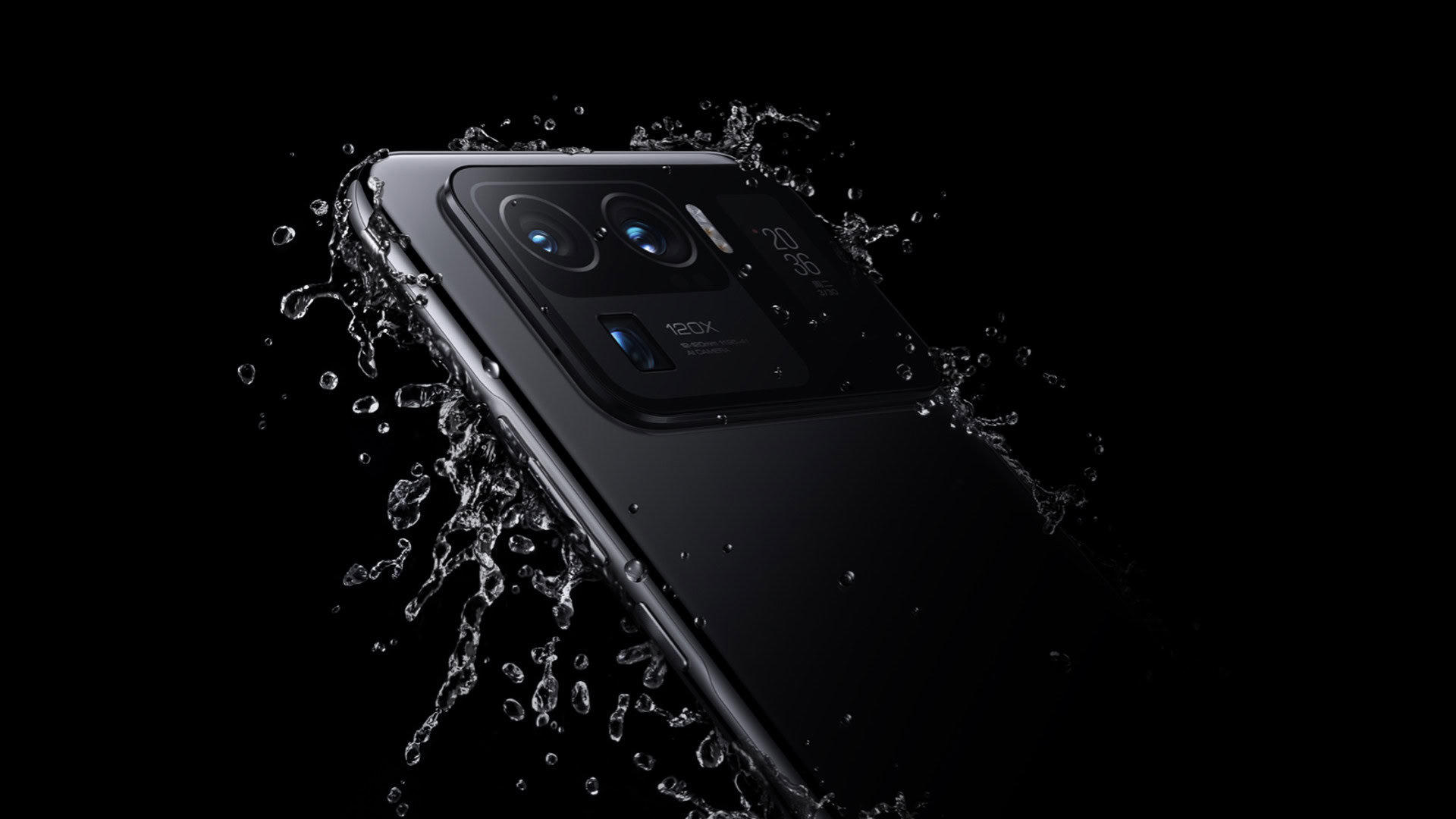
Thank you for being part of our community. Read our Comment Policy before posting.